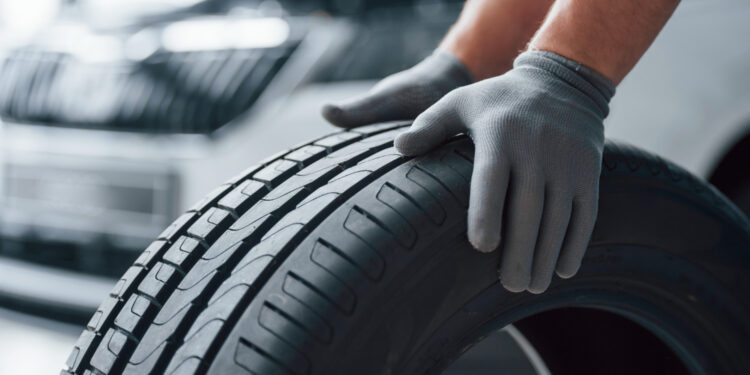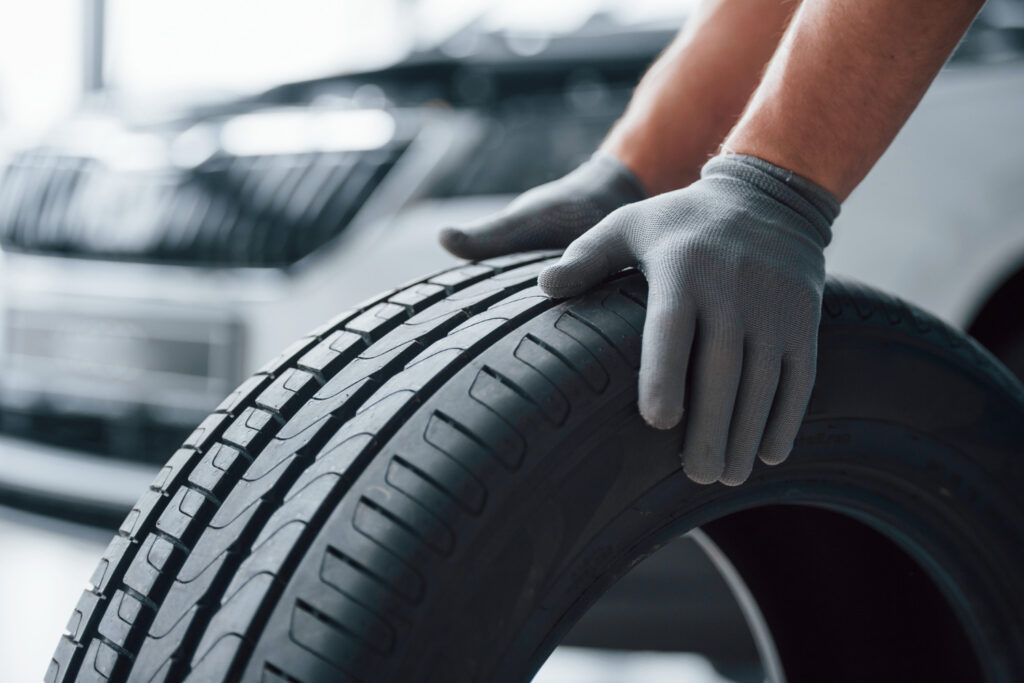Upgrade Your Drive: Car Tyres for Enhanced Performance


When it comes to upgrading your vehicle for a smoother and safer drive, one often overlooked aspect is the choice of tyres. The right set of tyres can significantly impact your car’s performance, handling, and overall driving experience. In this blog post, we’ll explore the key factors to consider when upgrading your car tyres in the UK.
Table of Contents
- 1 1. Understanding Tyre Types: A Roadmap to Better Traction
- 2 2. Tread Patterns: The Grip Connection
- 3 3. Size Matters: Finding the Right Fit
- 4 4. Load Index and Speed Rating: The Weight and Speed Game
- 5 5. Inflation: Keeping Things Balanced
- 6 6. Budget vs. Quality: Striking the Right Balance
- 7 7. Regular Maintenance: Extending the Lifespan
- 8 Conclusion: A Smooth Ride Awaits
1. Understanding Tyre Types: A Roadmap to Better Traction
Choosing the right type of tyre is the first step towards enhancing your driving experience. In the UK, we commonly encounter three main types: summer tyres, winter tyres, and all-season tyres. Each type is designed to perform optimally under specific conditions.
Summer Tyres: Ideal for warmer months, these tyres provide excellent grip on dry and wet roads. They offer enhanced handling and fuel efficiency.
Winter Tyres: As the temperature drops, winter tyres come into play. Designed with a special rubber compound, they maintain flexibility in colder temperatures, providing better traction on icy and snowy surfaces.
All-Season Tyres: A versatile option catering to a mix of weather conditions. While they might not excel in extreme conditions, all-season tyres offer a balanced performance throughout the year.
2. Tread Patterns: The Grip Connection
The tread pattern on your tyres plays a crucial role in maintaining traction on the road. Here’s a breakdown of common tread patterns:
Symmetrical Tread: This pattern offers a smooth and quiet ride, making it suitable for everyday driving. It’s a popular choice for city dwellers and those with regular commutes.
Asymmetrical Tread: If you seek a combination of performance and comfort, asymmetrical tread patterns are the way to go. They often have different tread designs on the inner and outer sides, providing improved handling.
Directional Tread: Recognizable by its V-shaped pattern, directional tread is excellent for dispersing water on wet roads. This design enhances hydroplaning resistance, making it a solid choice for rainy conditions.
3. Size Matters: Finding the Right Fit
Selecting the correct tyre size is not just about aesthetics; it’s crucial for your car’s overall performance. Refer to your vehicle’s manual or check the sidewall of your current tyres for the size specifications. It typically includes three essential numbers – tyre width, aspect ratio, and rim diameter.
Ensuring the right fit contributes to better handling, improved fuel efficiency, and a more comfortable ride. Plus, it keeps your speedometer accurate, preventing any discrepancies in your vehicle’s performance metrics.
4. Load Index and Speed Rating: The Weight and Speed Game
Each tyre comes with a load index and speed rating, indicating its maximum load-carrying capacity and speed capability. The load index is a numerical code, while the speed rating is a letter. For example, a load index of 95 corresponds to a maximum load of 690 kg per tyre, and a speed rating of V signifies a maximum speed of 240 km/h.
Matching these specifications to your driving needs and vehicle type is crucial for safety and performance. It ensures your tyres can handle the weight of your car and the speeds you intend to reach.
5. Inflation: Keeping Things Balanced
Maintaining the right tyre pressure is often underestimated but is vital for both safety and performance. Poorly inflated tyres can cause reduced fuel economy, uneven tyre wear, and less precise handling. Conversely, tyres inflated beyond their ideal limit can lessen grip, increasing the risk of your car skidding.
It’s essential to regularly check and set your tyre pressure as per the guidelines provided by the car manufacturer. This straightforward practice is key to maintaining your tyres’ performance and extending their life.
6. Budget vs. Quality: Striking the Right Balance
While the allure of the cheapest option is strong, compromising on tyre quality can lead to adverse effects in the long run. Spending more on premium tyres may seem expensive initially, but the advantages in safety, efficiency, and durability significantly surpass the initial cost.
View it as an investment in your safety and driving pleasure. Renowned brands are acclaimed for their exceptional tyres that excel in both performance and lifespan.
7. Regular Maintenance: Extending the Lifespan
Once you’ve upgraded your tyres, proper maintenance is key to maximizing their lifespan and performance. Regularly rotate your tyres to ensure even wear, and schedule periodic wheel alignments to keep your vehicle driving straight and true.
Don’t forget to check the alignment if you’ve hit a pothole or curb recently. Misaligned wheels can lead to uneven tyre wear and compromise your car’s handling.
Conclusion: A Smooth Ride Awaits
Upgrading your car tyres is a simple yet effective way to enhance your driving experience. By understanding the different tyre types, tread patterns, and size specifications, you can make an informed decision that aligns with your driving needs.
Investing in quality tyres, maintaining proper inflation, and staying on top of regular maintenance are all steps towards a smoother, safer, and more enjoyable drive. So, the next time you hit the road, feel the difference that the right set of tyres can make – it’s an upgrade that you and your car deserve.
